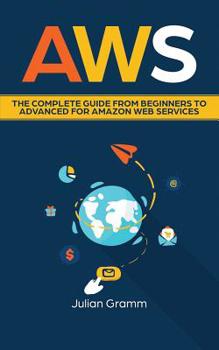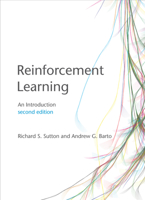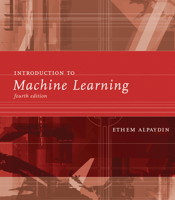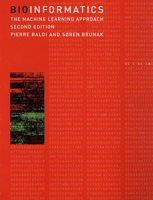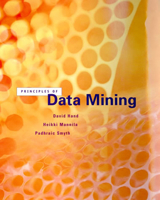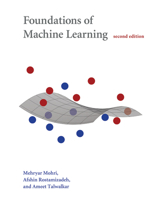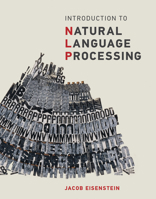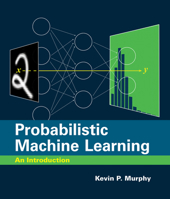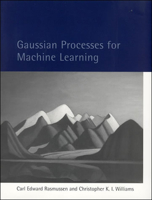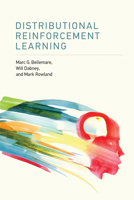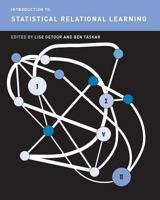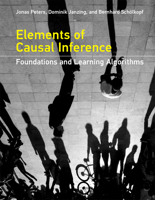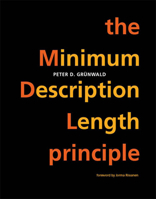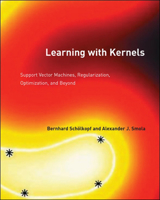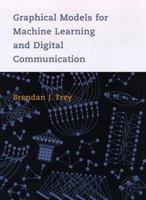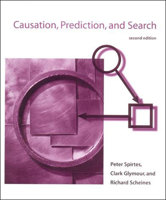Aws: The Complete Guide From Beginners To Advanced For Amazon Web Services
Select Format
Select Condition 
Book Overview
Dip Your Feet Into The Realm Of Amazon Web Services (AWS) To Understand Its Endless Sea Of Possibilities
If you've recently come across Amazon Web Services as a cloud computing solution, perhaps the reason you are reading this is to understand what it is, what it does, how it works, how it can be of use to you, how to start using it, the implications of the adoption and much more.
Lucky for you, this book covers this and much more.
It covers the basics with an end user (perhaps a business owner or business executive) who cares less about the technical parts of its implementation to help you make an informed decision having understood what makes it different from all the other cloud computing service providers out there.
The book goes deep and wide, answering almost every question you may be having about AWS from different angles to make you to have an in-depth understanding of why AWS is perhaps considered the most flexible, highly scalable, cost effective as well as reliable infrastructure that you can use for deploying secured web solutions with very minimal support irrespective of your requirements
In this book, you will gain a complete understanding of AWS from a user perspective including:
Why cloud computing is the way to go to get any business, irrespective of its size, to a global scaleHow Amazon ended up developing AWS so that you understand why it is so criticalA complete overview of AWS' service offeringsIn-depth understanding of AWS features that make it stand out from the restMyths about AWS that you ought to stop believingKey building blосkѕ in the AWS еnvirоnmеnt that make it a perfect solution to adoptHow relying on AWS can transform your business for the betterWeaknesses of AWS that you need to be aware of before adopting itOрtiоnаl AWS suрроrt sеrviсеѕ that you can use to enhance user experienceKey development tools and user applications of AWS that you can leverage propel your business to the next level through big data analytics, artificial intelligence and much moreAn introduction to Amаzоn Elаѕtiс Compute Clоud (Amazon EC2And much, much, moreIf you are serious about adopting advanced cloud computing systems, AWS has everything you need. And this book teaches everything you need to know before venturing into the AWS world of possibilities so that you know what it can do, what it cannot do and how to make the most of its advanced cloud computing capabilities to play in the big league, even if you run a small business, just like some of the fastest growing companies around the world
What are you waiting for?
Click Buy Now in 1-Click or Buy NOW at the top of this page to start reading










